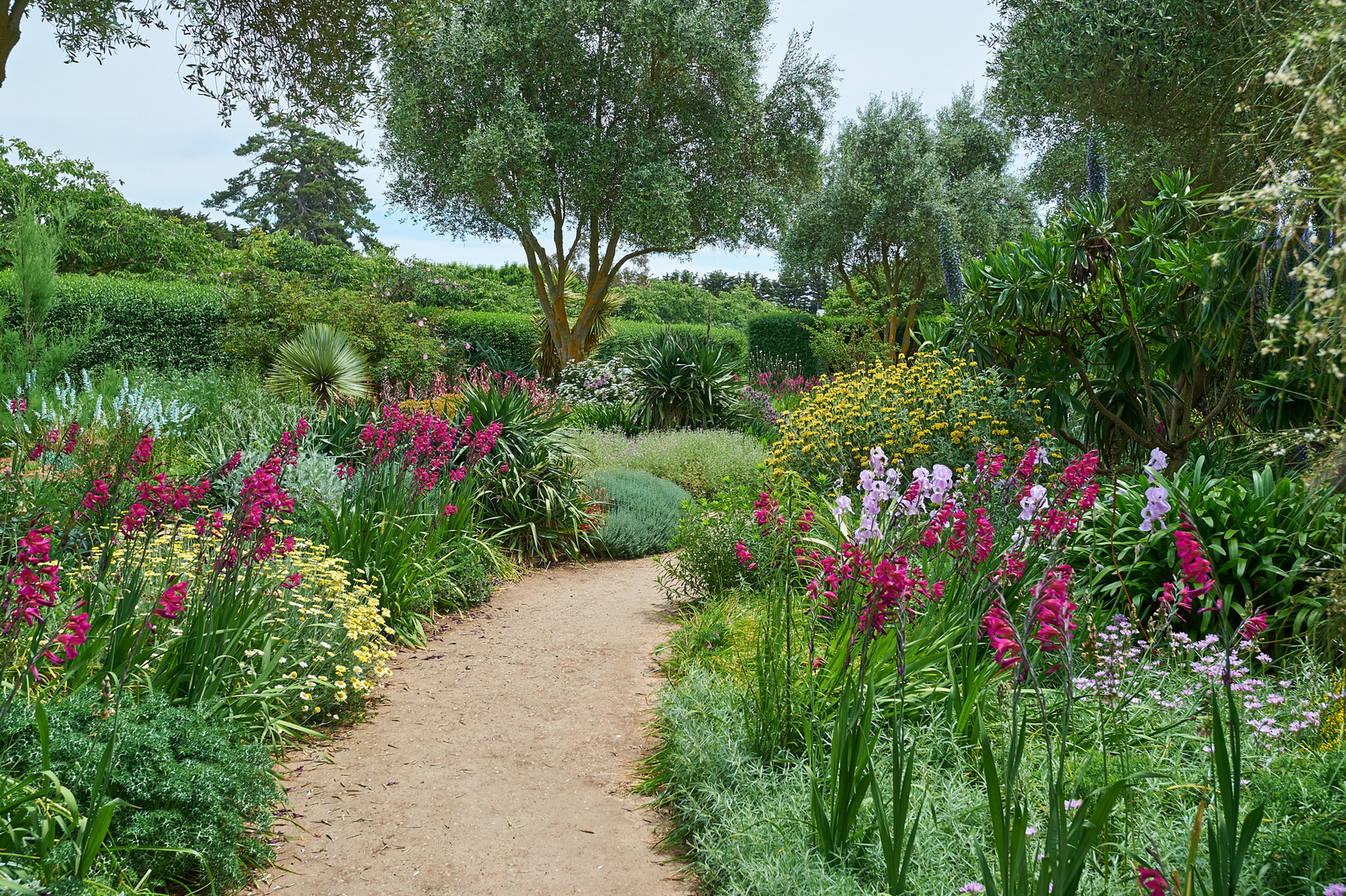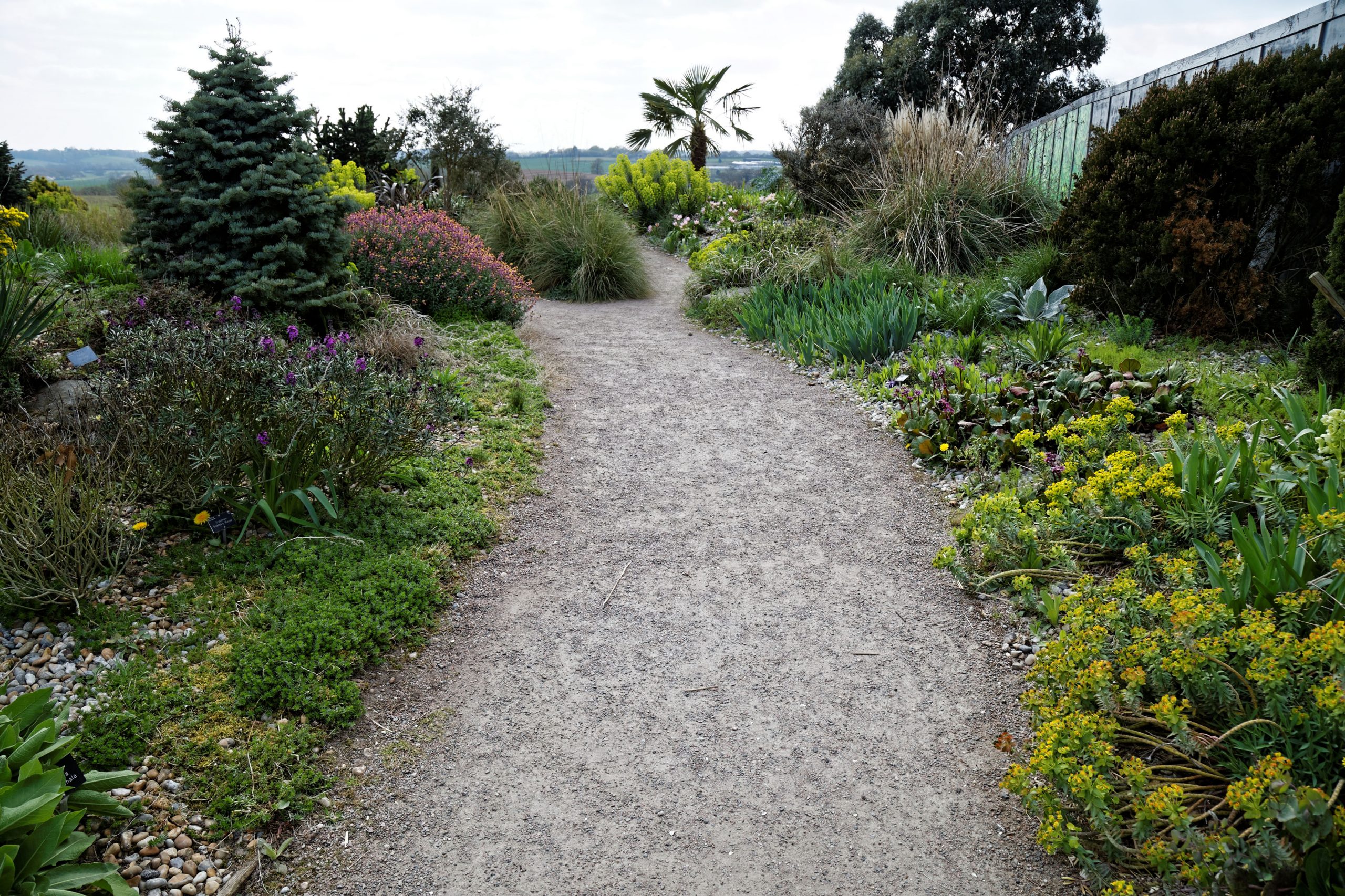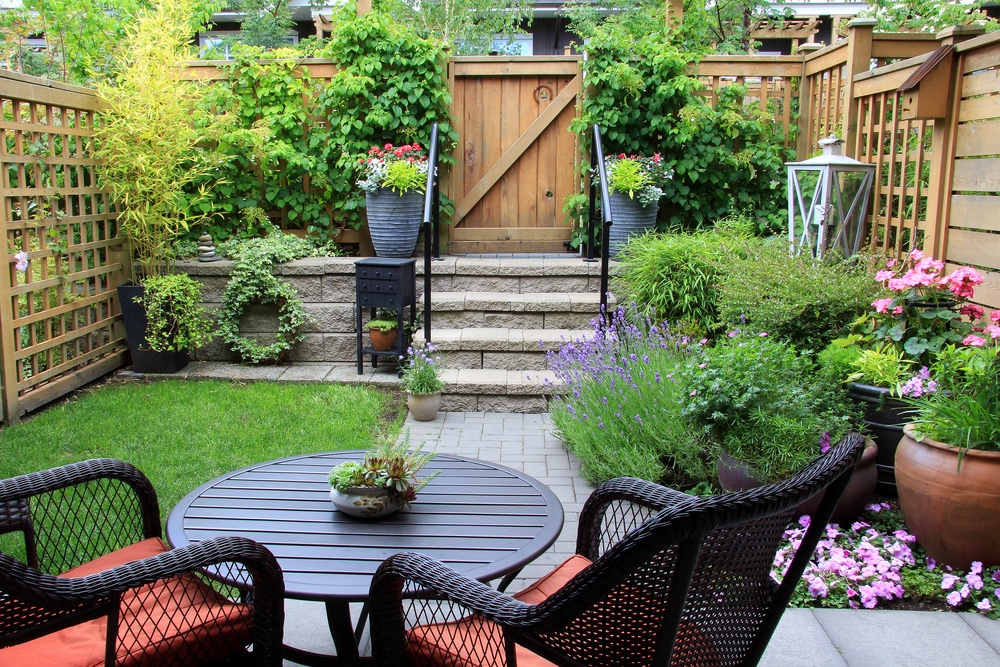Summary
– 1. Dry garden: definition
– 2. Features of the dry garden
– 3. Dry garden uses
– 4. Dry garden: advantages and disadvantages
– 5. Maintenance of a dry garden
In Japanese gardens, the dry garden is fascinating from an environmental point of view. Let’s discover its characteristics, its different uses, its disadvantages and disadvantages, and finally its maintenance needs.
1. Dry garden: definition
The dry garden is a space planted with plants without special cultural requirements and decorated with mineral touches.
It is a form of a Japanese garden that survives drought thanks to the presence of scrubland plants.
The particularity of a dry garden is that it requires very little water.
Good to know: depending on the nature of the plants chosen, the use of weedkiller and fertilizer is also very limited or even useless.
2. Characteristics of the dry garden
Recognizable at first glance, the dry garden has the following characteristics:
– Arid aspect;
– Strong mineral character thanks to the presence of:
◦ stone walls and low walls;
◦ stones laid with parsimony;
◦ gravel in light to dark colours (white, grey, anthracite, black);
◦ pozzolana;
◦ rocks.
– Can be embellished:
◦ with some oak sleepers installed in a staircase to reach an elevated area,
◦ of a wooden grating to establish space for meditation and rest,
◦ of a natural or synthetic lawn.
◦ a collection of Mediterranean plants, trees, and shrubs that enjoy dry land such as mosses, scrubland flowers, shrub sage, rose, succulents, lavender, rosemary, thyme, olive, oleander, hackberry, yucca, Judas tree, pistachio, strawberry tree, etc.
The use of covering plants is recommended as well as the use of a good quality geotextile fabric to limit the spread of weeds,
Good to know: a dry garden can also be composed only of gravel, pozzolana, rocks, and mosses.
3. Uses of the dry garden

The dry garden is enormously appreciated by gardeners who do not wish to be constrained by frequent watering. This garden without watering is also ideal for people who have very little time to devote to gardening.
It can be created:
– In the city or the countryside;
– On a rooftop terrace very exposed to the sun;
– On the particularly dry or stony ground.
It is also the type of garden strongly recommended for gardeners concerned about environmental issues. Indeed, let’s not forget that the dry garden:
– Requires little watering;
– Limits the need for weed killers, pesticides, and fertilizers thanks to the plants’ hardiness that make it up.
Good to know: the dry garden retains its aesthetic assets even in severe drought.
4. Dry garden: advantages and disadvantages
The dry garden has the following advantages:
– It requires very little water;
– It is adapted to dry and windy regions and also suitable for more humid areas as long as it accommodates plants that tolerate humidity;
– It can withstand extreme heat;
– It is easy to set up;
– It is composed of plants that do not require a lot of care once the first year has passed;
– It is aesthetic;
– It brings a mineral touch to the outside space;
– It does not require the use of treatment products.
However, the dry garden presents some disadvantages during its installation and the first year, namely:
– During the first summer, the water supply must be regular to allow the plants to take root: approximately every 15 days;
– During the first winter, monthly watering is necessary;
– It requires some knowledge of botany to choose plants and shrubs adapted to this type of environment and do not require a lot of water.
Good to know: it is quite possible to entrust the realization of a dry garden to Church Street Garden Service.
5. Maintenance of a dry garden
The dry garden is probably one of the easiest gardens to maintain.
– The plants grown there require no special care, except in the first year when plants and shrubs are planted, lawn eventually, and when gravel, rocks, pebbles, and other wooden terraces are put in place.
– Water requirements are significantly reduced since specimens from arid or degraded soils are planted.
– Can be satisfied with a mulch of hemp shavings or cocoa bark, which has the role of slowing down evaporation and promoting drainage.
For more information, ask a professional gardener for advice on the needs of dry garden plants and planting conditions.
Please remember to comment and share this post.




1 thought on “5 Things to Consider for a Dry Garden”